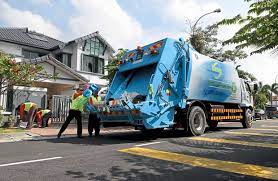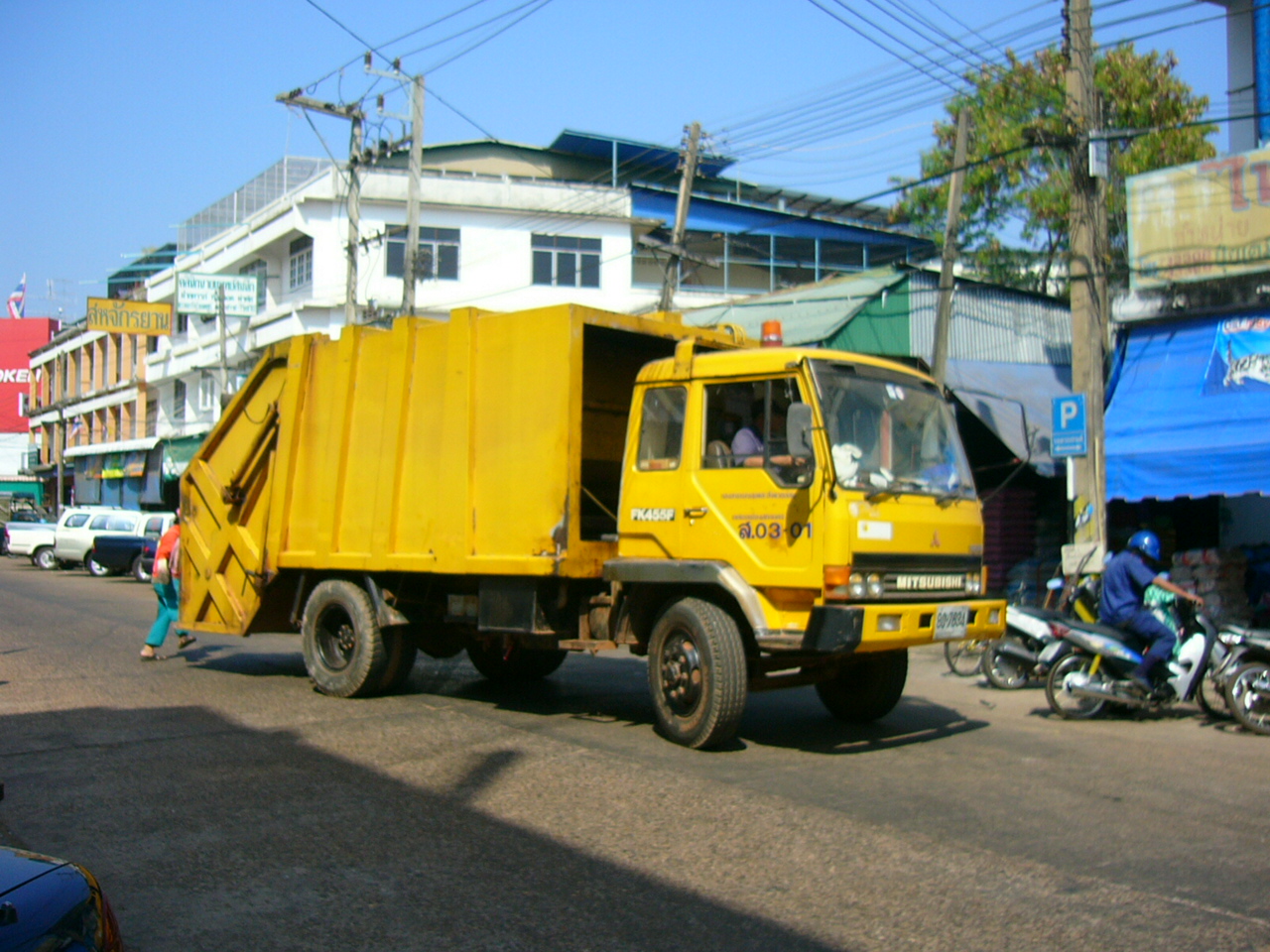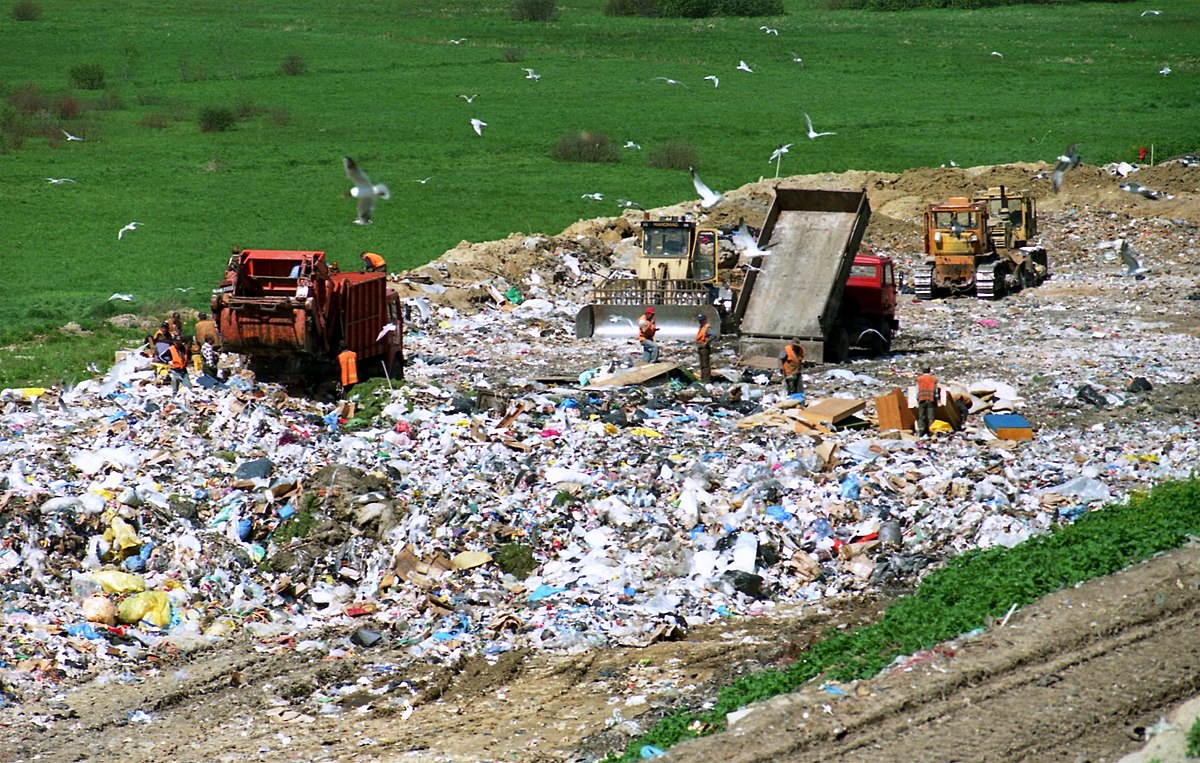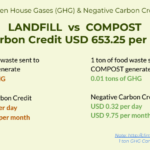Smells from Waste Collection Trucks and Landfills
Waste collection heroes
 Waste collection is the process of collecting and transporting waste materials from various sources and disposing of them in a safe and environmentally responsible manner. Waste collection is an essential service provided by municipalities and private waste management companies to ensure the health and safety of the community and to protect the environment.
Waste collection is the process of collecting and transporting waste materials from various sources and disposing of them in a safe and environmentally responsible manner. Waste collection is an essential service provided by municipalities and private waste management companies to ensure the health and safety of the community and to protect the environment.
Waste collection can involve various types of waste materials, including household waste, commercial and industrial waste, construction and demolition waste, and hazardous waste. The collection process can vary depending on the type of waste and the local regulations, but typically involves the following steps:
- Waste Generation: Waste is generated by households, businesses, and other sources.
- Waste Collection: Waste is collected by waste management trucks and transported to a transfer station or landfill.
- Waste Sorting: Waste is sorted and separated by type to ensure proper disposal.
- Waste Disposal: Waste is disposed of in a landfill, incinerated, or recycled, depending on the type of waste and the local regulations.
It’s important to follow proper waste management practices to minimize the amount of waste generated and to dispose of it in a safe and responsible manner. This includes reducing waste generation through recycling and composting, properly disposing of hazardous waste, and following local waste management regulations.
Smells from waste collection trucks
 Removing the smell from a waste collector truck can be a challenging task as it involves dealing with strong and unpleasant odors that can be difficult to eliminate.
Removing the smell from a waste collector truck can be a challenging task as it involves dealing with strong and unpleasant odors that can be difficult to eliminate.
Here are some possible challenges you may face and some solutions to help overcome them:
- High levels of odor: Waste collector trucks can contain high levels of odor due to the accumulation of organic waste. To overcome this challenge, you can use odor neutralizers or deodorizing products specifically designed for waste management.
- Limited ventilation: Waste collector trucks often have limited ventilation, which can make it difficult to remove the odor. To overcome this challenge, you can try leaving the windows or doors open when not in use, installing air vents, or using air fresheners or deodorizing products.
- Time constraints: Waste collector trucks often have a tight schedule, and there may be limited time to clean and deodorize them. To overcome this challenge, you can try to streamline the cleaning process and use efficient cleaning products.
- Safety concerns: Waste collector trucks can be hazardous due to the potential for exposure to pathogens and other harmful substances. To overcome this challenge, it’s important to follow proper safety precautions when cleaning and disinfecting the truck, such as wearing protective gear and using safe and effective cleaning products.
- Cost: Dealing with the smell from a waste collector truck can be costly, especially if you need to use specialized cleaning products or hire a professional cleaning service. To overcome this challenge, you can try using cost-effective and eco-friendly products, such as vinegar or baking soda, or negotiate a better price with a cleaning service.
It’s important to remember that maintaining a clean and odor-free waste collector truck is crucial for the health and safety of the workers and the environment, and it’s worth investing time and resources to achieve this goal.
Smells from garbage sanitation landfills
 Garbage sanitary landfills can produce a range of smells due to the decomposition of organic waste, the release of gases, and the presence of chemicals.
Garbage sanitary landfills can produce a range of smells due to the decomposition of organic waste, the release of gases, and the presence of chemicals.
This is compounded by the fact that domestic or household wastes are not segregated properly in certain areas.
Some common smells associated with sanitary landfills include:
- Methane gas: Sanitary landfills produce a large amount of methane gas, which is odorless but can be detected by the faint, musty odor it produces when it is not properly managed.
- Ammonia: Organic waste in sanitary landfills can release ammonia gas, which has a strong, pungent odor similar to that of cleaning products.
- Hydrogen sulfide: Another byproduct of organic waste decomposition, hydrogen sulfide has a distinct “rotten egg” smell.
- Garbage: The smell of garbage is often the most noticeable odor associated with sanitary landfills. It can be strong, unpleasant, and vary depending on the types of waste being disposed of.
- Chemicals: Sanitary landfills can contain a variety of chemicals, including solvents and cleaners, which can produce a range of unpleasant odors.
If you live near a sanitary landfill and are experiencing unpleasant smells, it is important to report it to your local environmental agency. They can investigate the source of the smells and work to reduce or eliminate them.
Contact us
Based on experiences, we have recommended operators to apply bio-enzyme or microbes on schedule basis. This good operation practices would,
- Ensure the lifetime of the truck bodies.
- Reduce corrosive wear on truck bodies.
- Eliminate bad smell.
- Eliminate pest such as cockroaches and rats.
Every trucks and landfills have different capacity, daily operation, and community behaviours. Therefore, application, dosage, and methodologies of the microbes need to be customised accordingly. And, normally its recommended to trial for at least 2 to 4 weeks, before a Standard Operating Procedure is designed.
email : sales [at] cemax [dot] com [dot] my whatsapp : +60 16 207 5400




